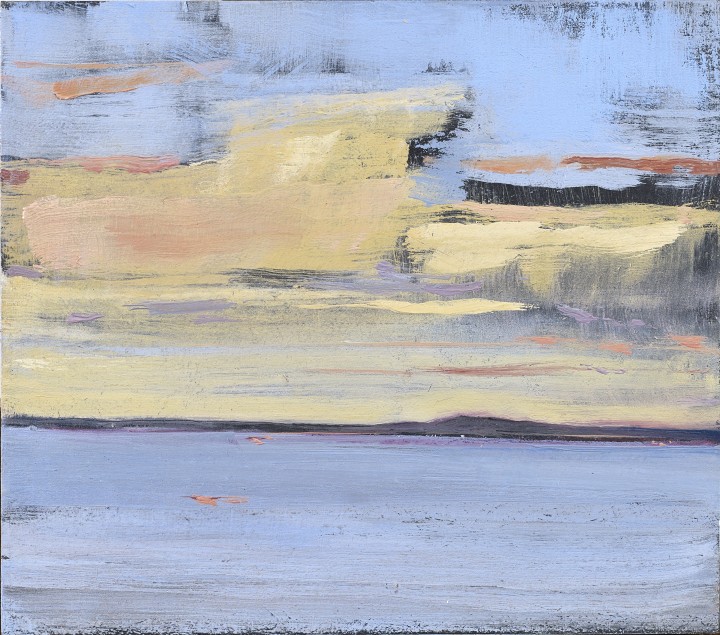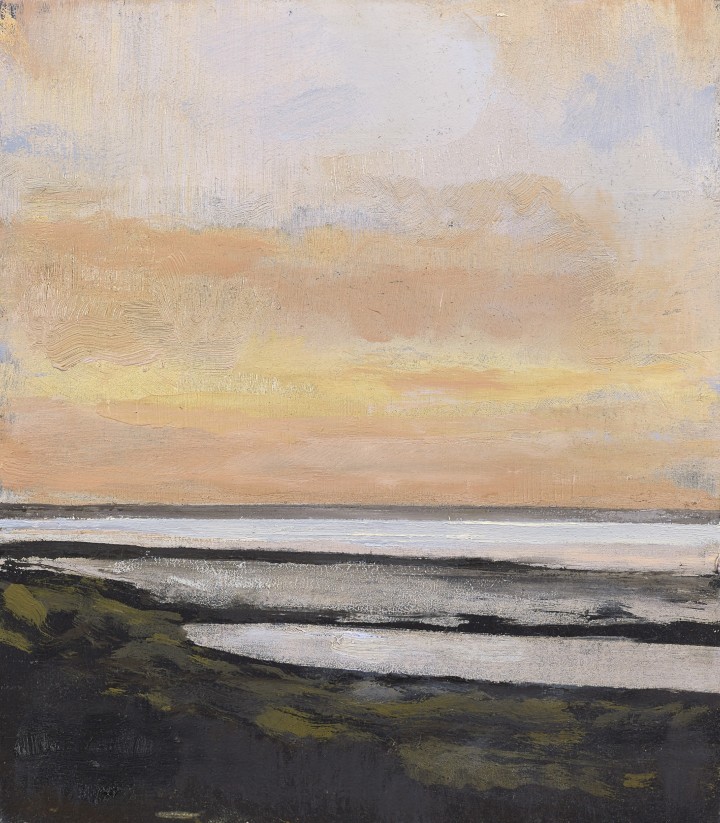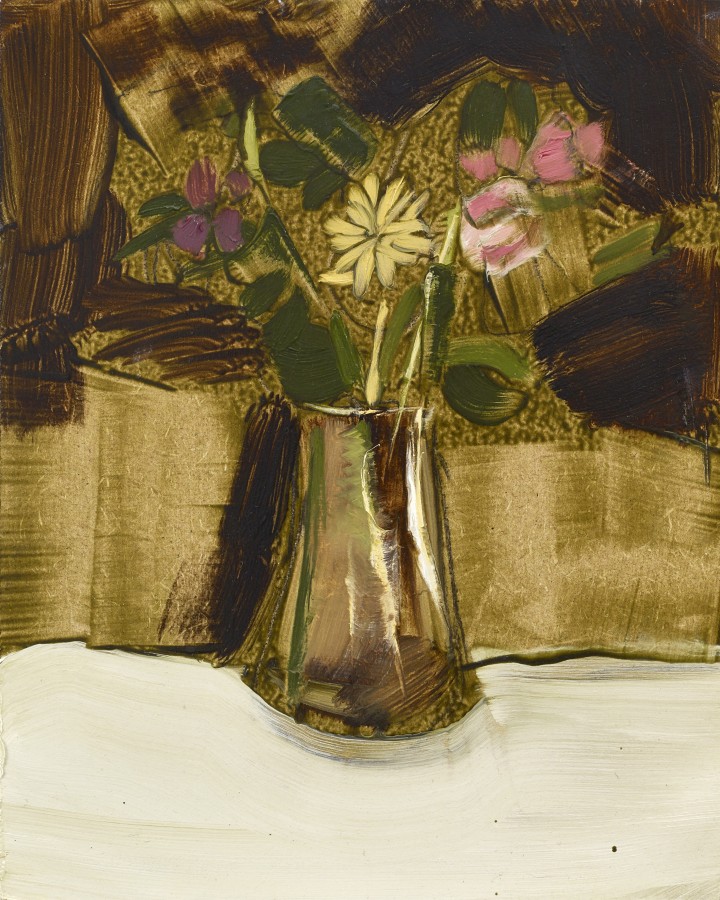Scottish Art News
Latest news
Magazine
News & Press
Publications
Hannah Mooney, Notes from the West
By James Knox, 09.10.2019

My eyes first locked onto the work of Hannah Mooney across the crowded galleries of the Royal Scottish Academy’s New Contemporaries show in 2018, which were crammed with monumental expressions of the historic avant-garde: installations of neon and black boards, industrial tanks, steel pipes and tapes, a large soft toy and ballooning latex, but none achieved the same visual impact as Mooney’s group of quiet landscapes and still lifes. And I was not alone. My fellow judges of the Fleming-Wyfold Art Bursary, numbering independent curators and teachers at the cutting edge of contemporary practice agreed and we unanimously awarded Hannah the bursary.
It was a brave decision to award the prize to a young realist devoid of modish irony. After presenting a stunned Hannah with the prize, I was keen to discover more. "I owe everything to my parents." She said. “They’re both artists and have always encouraged me. There’s never been a time when I haven’t had a brush in my hand.”
 Study of the Lough at Evening Time, 2019, oil on board, 16.5 x 14.5cm Ⓒ Hannah Mooney/The Scottish Gallery
Study of the Lough at Evening Time, 2019, oil on board, 16.5 x 14.5cm Ⓒ Hannah Mooney/The Scottish Gallery
Growing up in Donegal, Hannah’s earliest experiences as an artist are steeped in the subtle light of the west. When painting a clay nativity scene at primary school, she eschewed bright primary colours in favour of “a mix up my own muted palette; a combination of warm browns, reds and gold.”
This is the reaction of a child already transfixed by the world around her - a connection retained throughout her maturing as an artist and her continued use of a restrained palette to achieve dramatic climatic effects. Technically she also relies on the unfashionable palette knife to capture the essence of the moment. She writes: “The sky is perhaps the most inspiring element of the landscape, being the key source of light, drama and movement. When in the landscape I think about how I would address the ever-changing elements in paint; how a slither of the palette knife could suggest a wispy cirrus cloud or a deft brush mark the motion of a tree blowing in the wind. I think about colours that could honestly portray the poignancy of a daytime light or the oppression of an oncoming storm.”
Others - such as the young Cézanne and Manet – have used the palette knife to convey the depth of their emotions, but Mooney also looks further back to the landscape painter of the Barbizon school, Jean-Baptiste Corot, to whom she turns when overwhelmed by the challenge of painting outdoors in the eye of the storm: “I reflect how Corot would have expressed the movement of a tree in a spontaneous, childlike way with his wavering, shaky hand and squiggly lines. His sketches retain the freshness of his vision and direct response to nature.”
 Trees in Wind Beside the Lough, 2017, etching, 9 x 10.5 cm Ⓒ Hannah Mooney/The Scottish Gallery
Trees in Wind Beside the Lough, 2017, etching, 9 x 10.5 cm Ⓒ Hannah Mooney/The Scottish Gallery
Back in the studio, Mooney can focus on still lifes revealing a technical accomplishment - particularly in the effects of stems seen through glass and water - worthy of old masters. “Like the landscape,” she writes “painting flowers is a way of building my relationship with paint which is key to my ability and confidence to express any subject matter.”
With this exhibition, Mooney is now launched on the world, but her debut comes with a final plaudit from the RSA exhibition: none other than the legendary curator, Ricky Demarco, who brought European conceptualism to Britain in the 1960s and 70s, told me: “You couldn’t have picked a better winner. Every stroke is about beauty and truth.”
 Wildflowers and Roses, 2018, oil on board, 20 x 16 cm Ⓒ Hannah Mooney/The Scottish Gallery
Wildflowers and Roses, 2018, oil on board, 20 x 16 cm Ⓒ Hannah Mooney/The Scottish Gallery
To see more of Hannah's work at The Scottish Gallery, please click here.




